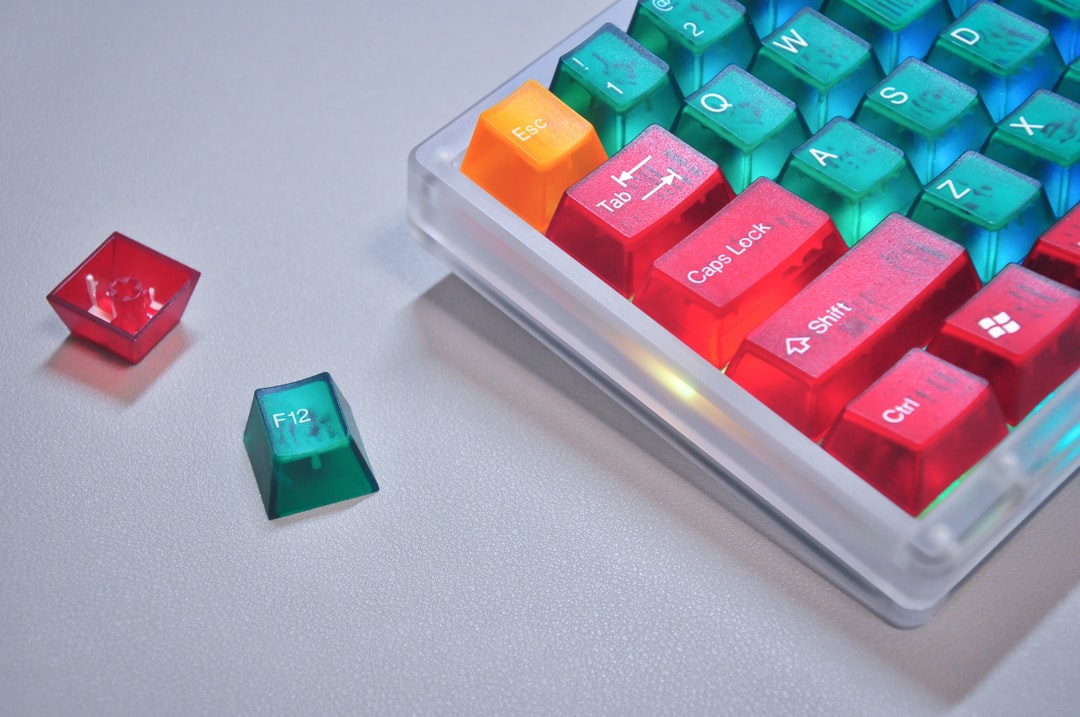
The Product Life Cycle Model
The Product Life Cycle Model is one of the most widely used concepts in marketing. It is often used in conjunction with the marketing mix model. To help marketers understand the overall picture of their marketing environment. The model is also one of the most useful tools in strategic marketing decisions. Such as new product development and pricing strategies.
The Product Life Cycle Model is used to demonstrate how a product or service goes through various stages of growth and decline.
The PLC consists of 4 stages: introduction, growth, maturity and decline.
Introduction Stage
A new product or service may be introduced for its unique or innovative features. Its success depends on whether it meets the needs of consumers and customers. This can be done by identifying a gap in the market. Further, for a new product/service that has never been addressed before. An introduction stage is often a test-marketing approach. Where a sample of potential consumers are given the opportunity to try out the new product/service in order to see if it sells well.
Products can also be introduced by celebrities lending their names to endorse a certain product or service. In some cases, it may result from technological changes in production. For example, only products that use cutting edge technology are introduced by Sony. Because they are able to stay current with trends that consumers want to buy.
Growth Stage
This is the phase where sales of products or services pick up and become popular among customers and consumers alike. As more people hear about the new product/service and start patronizing it, sales figures rise exponentially. Until saturation point is reached for that particular market segment. Like when all customers who would have bought that kind of product/service have bought them.
At this point, competitors will start entering the market which may force prices down. Due to increased competition for market share from existing players. As well as new entrants (the latter could be because startups have entered into the industry or existing players have gotten into related markets).
This is why companies need to keep improving their products/services. So as not to lose out to competitors who are willing to take losses just in order to obtain market share. So, by selling low-priced goods/services (this was what happened during Japan’s Bubble Economy period when more than 600 videotape recorder (VTR) manufacturers
Maturity Stage
This is the phase where there is no more growth in sales which means that the market has been fully exploited and there is no room for further expansion. In addition, prices start to rise as competitors try to outdo each other by offering more for less. This is why it is important for companies to find new niches or target new markets in order to remain competitive and be able to withstand the price wars of their competitors.
Decline Stage
The decline stage is the final stage in the product life cycle model. It is the phase where sales start to dip and volume starts going down, even though prices may be held up above costs as a result of economies of scale that still apply. However, this works only until competitors notice this and start cutting prices again in order to get rid of excess inventory on their hands.
Eventually, they will realize that they have lost too much money to continue producing products because of poor sales figures. At this point, companies will start exiting from the industry by either selling their assets or liquidating them altogether.